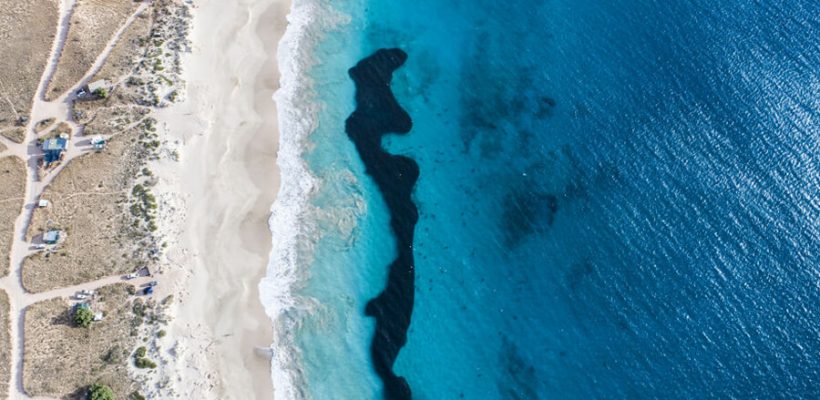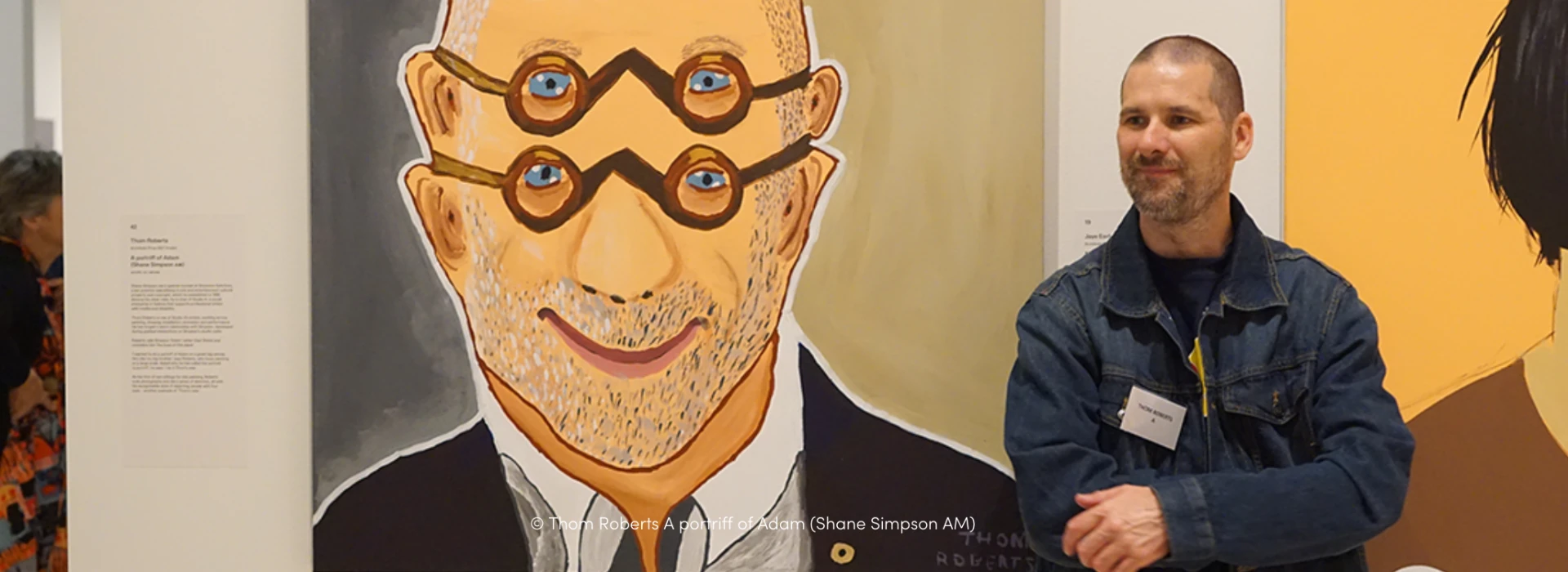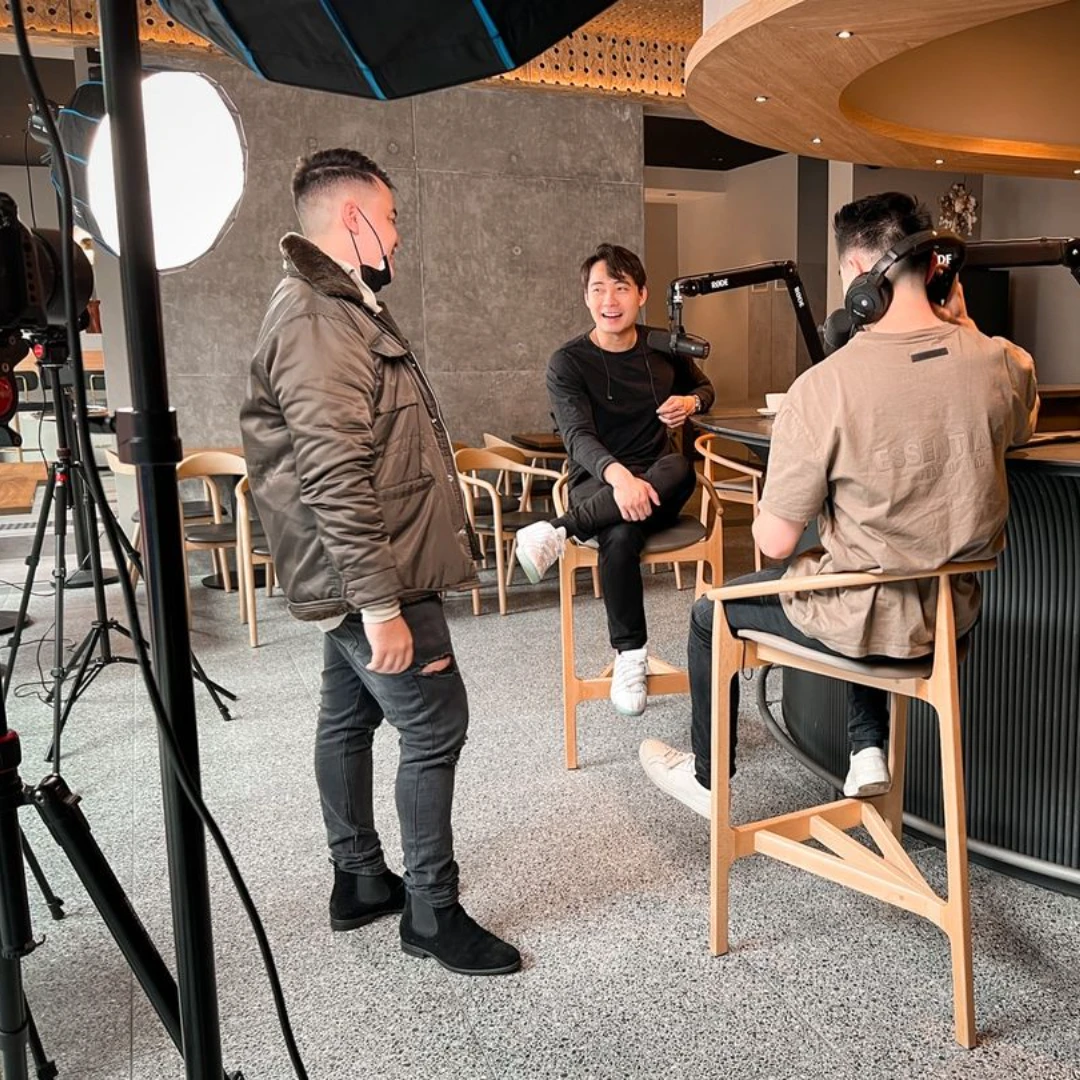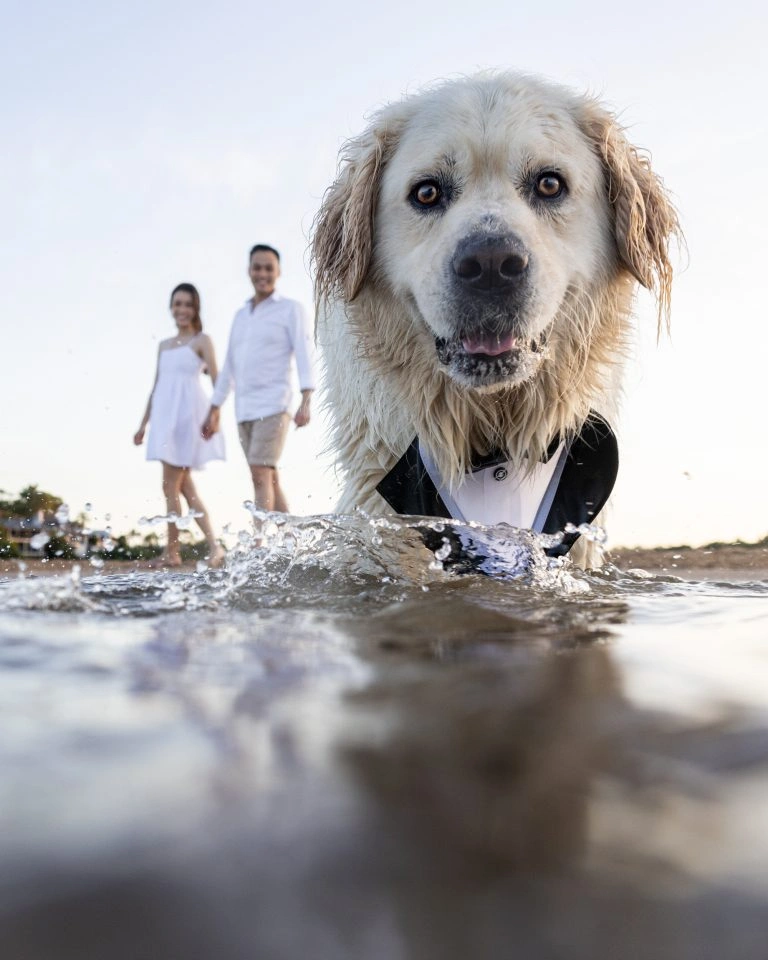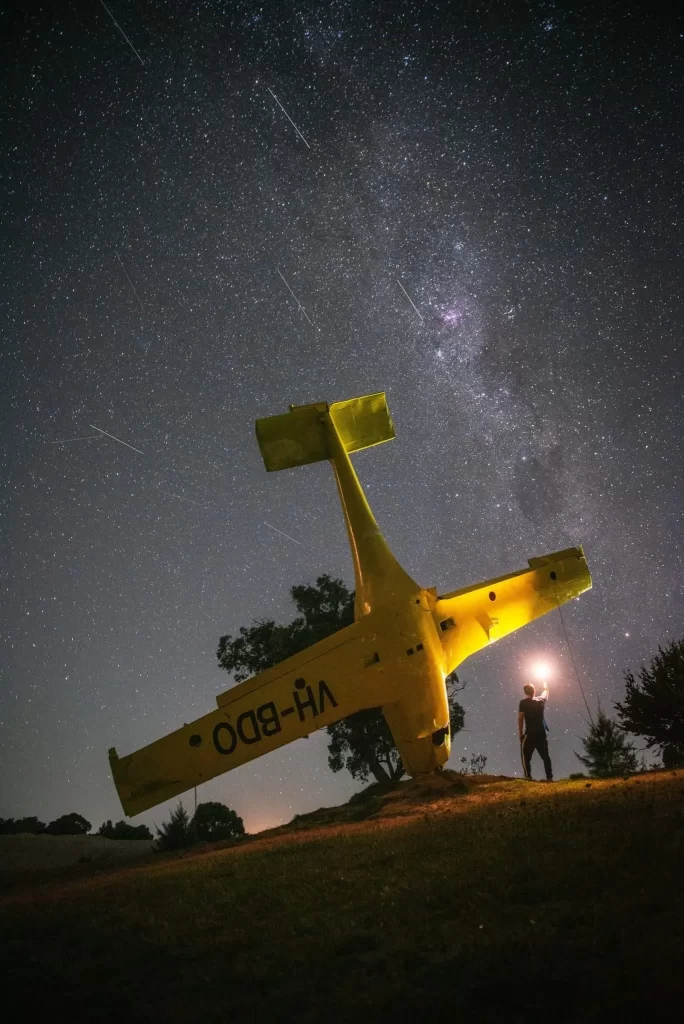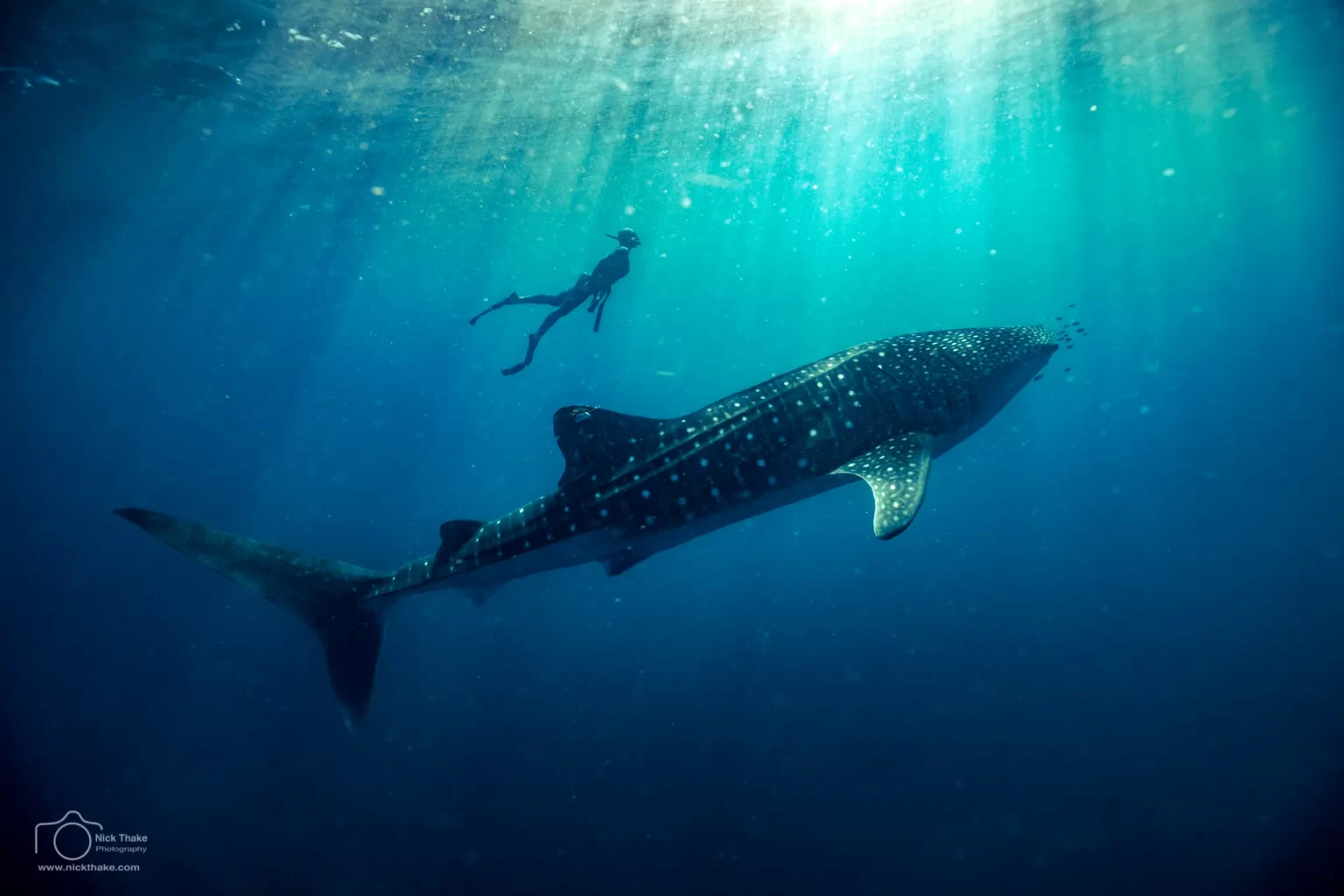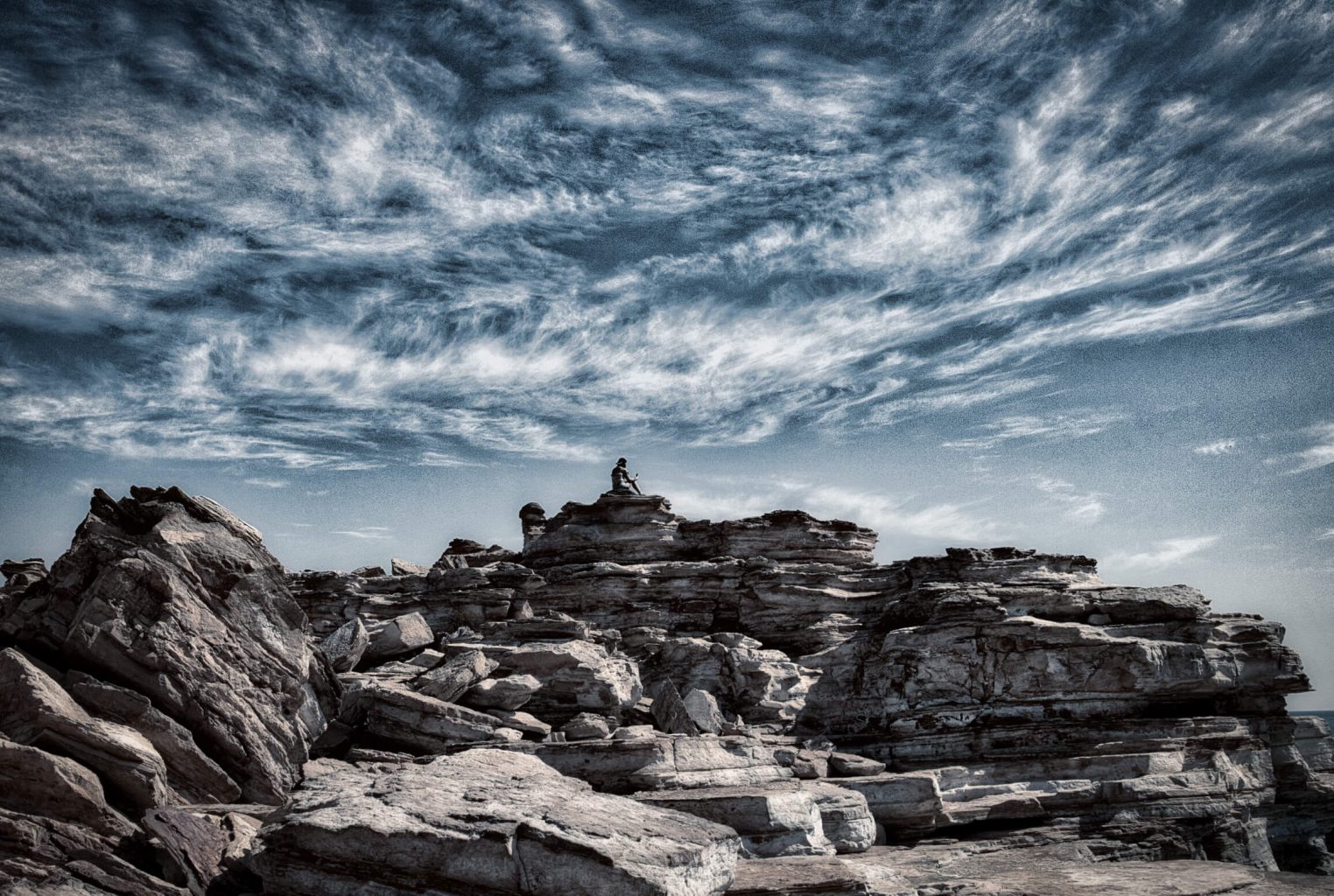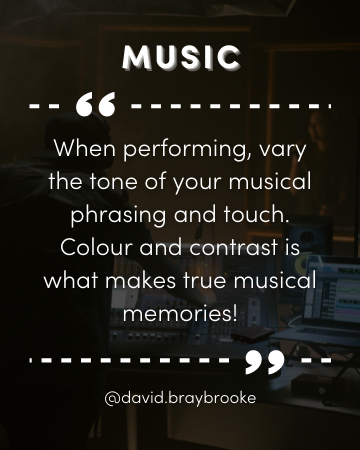Mesmerising bird’s-eye views, stunning symmetry and patterns, rarely-seen angles and stark long shadows; nothing grabs your attention quite like a well-crafted aerial photo.
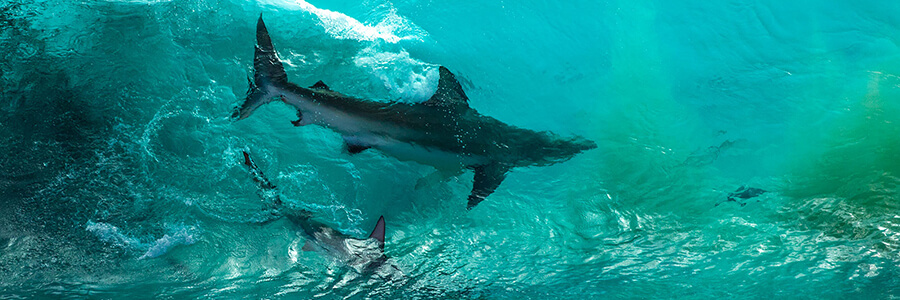
With radio-controlled drones more affordable than ever, capturing incredible aerial photos and videos opens up whole new avenues for creative professionals.
Photography that was previously only possible from a helicopter, plane or hot air balloon has in recent years become much more accessible to the mainstream. Thanks to rapid advancements in drone technology.
Features are continually improving, such as larger CMOS sensors, better image stabilisation, enhanced optics and more intelligent features, like automatic tracking and following waypoints, making them all the more versatile to expand your shooting capabilities.
“In the past I’m used to shooting where I stand,” says well-known landscape photographer, Sean Scott. “Now you’ve got this drone camera that can be up high, down low, over there, over here, you work out the angles very quickly.”
So how do you get the best out of your drone shooting and enhance your breadth of offerings as a photographer or videographer? Here are a few top tips from a pro.
Find the light
It’s a given understanding how light interacts with your scene and subject is key to good photography. When you introduce a drone into the equation, however, light takes on a whole new meaning.
You’re now able to shoot from a variety of angles that weren’t available to you from the ground, so light is also reaching the subject and the camera lens from different angles.
This is especially true when you’re shooting top-down views of scenery, which is one of the most popular styles of photography from a drone.
“You have to learn to work with a drone, because when you’re down low with a regular camera, the sunlight is coming straight at you,” says Sean.
“But with a drone you’re looking straight down it’s a totally different angle of light.”
The Queensland-based photographer calls the idyllic surf-haven town of Burleigh Heads home, so understandably, he has a lot of experience with coastal and ocean shots.
Sean found the way light interacted with water was very different from a drone, which allowed him to capture details that he couldn’t on land.
“Shooting the surf early in the morning, you can see through the water more than you would’ve thought,” he says.
“So that’s how I started, but recently I’ve been doing more outback work and spreading out more over the last few years.”
Right place, right time
Often, when you see an amazing photo or video, you wonder how the photographer just happened to be there at exactly the right time to catch that shot.
“One of the biggest tips I give people is to be in the right place at the right time,” he says.
One of Sean’s most famous examples of this is the incredible drone shark footage he captured while on a holiday with his family in a remote part of Western Australia near Carnarvon, which went viral and was picked up by international media outlets like BBC.
The video caught hundreds of bronze whaler sharks in a feeding frenzy among a large school of bait fish and he was able to get his drone right into the thick of the action.
So how did Sean luck out in being in the right place at the right time to, not only witness this astonishing event, but to capture it so vividly as well? As the Roman philosopher Seneca once said, “luck is what happens when preparation meets opportunity”.
For Sean, that meant creating more opportunities by setting up his 4×4 to be a mobile camping and photographic workstation.
“You’ve always gotta be out there living it. The truck allows me to be living in random remote locations, so I find myself in that right place at the right time a lot more often.”
Use drones as scouts
It’s not always suitable to use drones for the type of photos you want to produce. While drone cameras have been improving, they’re still no match for a high-end camera when it comes to image quality.
It doesn’t mean they’re any less useful, however. Having a remotely-controlled aerial camera effectively gives you an excellent tool for scouting locations and finding the right angles.
“Sometimes I use drones to find the images, and then try to go to the same locations with my big Canon cameras in a helicopter or plane as well,” he says.
“In saying that I’ve still done some prints with drones, especially with the new DJI Mavic™ 2 Pros. They have good specs so they work quite well.”
Be a little paranoid
As any drone operator can attest, there are always heart-stopping moments when you think you’re about to lose one in a crash. It’s not just the loss of the drone, but all the hard-earned shots that go with it.
Having “lost a few drones”, Sean plans for this by having a process to minimise the loss.
“In my drone box, I have eight SanDisk microSD™ cards. The drone flies off, I bring it back, put a new card in and then I know I have the footage that’s important to me,” he says.
“Then I come back to base, copy them onto one hard drive, and then transfer it to another drive, so I know I have it all backed up.”
Not that Sean isn’t prepared to sacrifice a drone for the sake of getting the perfect shot. In the experience with the bronze whaler sharks, he alternated between two drones in case one went down.
“I had two DJI Phantom™ Pros. One I had crashed before, so it was a little bit damaged. I called that one the Suicide Drone,” he says.
“I flew one, and was filming the sharks and couldn’t believe what I was seeing. I’d bring it straight back and pull the card out, copy it and have the other drone flying straight out again.”
“I’d fly in real close where all the birds were, so used the Suicide Drone in case the birds hit it, but they never did and I got 16 folders full of shots. That means I brought it back, dumped them, and wiped them 16 times.”
SHARE THIS POST
RELATED ARTICLES
JOIN THE COMMUNITY
Sign up and be a member today! Unlock promotional deals, Mentor advice, event invites, competition prizes, and showcase your work to the wider industry.
Submit your best travel image from 5 September – 5 October 2022 and go in the running to win a SanDisk Professional G-DRIVE SSD 4TB for this month’s Travel Image Competition! Signing up will also grant you access to exclusive deals and promotions, competitions and much more.
—— OR ——
By clicking on “Submit”, you agree to Western Digital’s Privacy Statement and SanDisk Professional Academy Terms and Conditions.
Be Part of the Creative Professional Community
Become a member to gain access to heaps of perks, from expert Mentor advice to product deals and giveaways.


